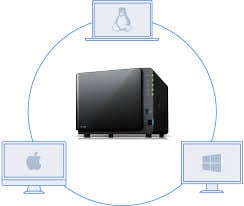this post was submitted on 28 Nov 2023
92 points (96.0% liked)
Linux
48165 readers
1204 users here now
From Wikipedia, the free encyclopedia
Linux is a family of open source Unix-like operating systems based on the Linux kernel, an operating system kernel first released on September 17, 1991 by Linus Torvalds. Linux is typically packaged in a Linux distribution (or distro for short).
Distributions include the Linux kernel and supporting system software and libraries, many of which are provided by the GNU Project. Many Linux distributions use the word "Linux" in their name, but the Free Software Foundation uses the name GNU/Linux to emphasize the importance of GNU software, causing some controversy.
Rules
- Posts must be relevant to operating systems running the Linux kernel. GNU/Linux or otherwise.
- No misinformation
- No NSFW content
- No hate speech, bigotry, etc
Related Communities
Community icon by Alpár-Etele Méder, licensed under CC BY 3.0
founded 5 years ago
MODERATORS
you are viewing a single comment's thread
view the rest of the comments
view the rest of the comments

Really? Didn't know about this switch, thanks for the info ☺️.
It does, it's not mounted on boot.
In general, mounting a netwok lication at boot is a bad idea in any OS, unless you know exactly what you're doing (all of the rigs that mount it are on a separate network, limited internet access through specific ports, none of them have users working them like daily drivers doing whatever on them - bascially, a server cluster is the only scenario that mounting a network share on boot makes sense). Why do you think that nowadays Windows users generally avoid mounting shares as network drives, but instead access them through shortcuts. The exact same reason, except in Windows, the share is mounted on logon (as far as I know, I might be wrong and the share might be mounted at boot, just reports that the share is missing when a user logs in). It's safer if the location of the share is not known at boot, period. When the user logs in and decides to copy something to the share (unknow period of time after the login), that is a different story. Sure, well written malware will find a way to replicate itself and infect other rigs even if you don't mount the share at boot, but at least you're shielding yourself from the badly written ones.